
Peoples and Languages
Social Media
Leave comments, suggestions, keep an eye on news in our groups on VK, Odnoklassniki and Telegram channel
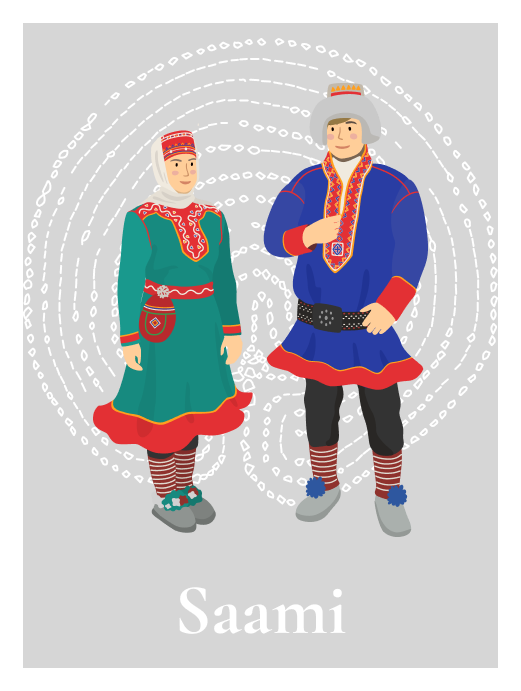
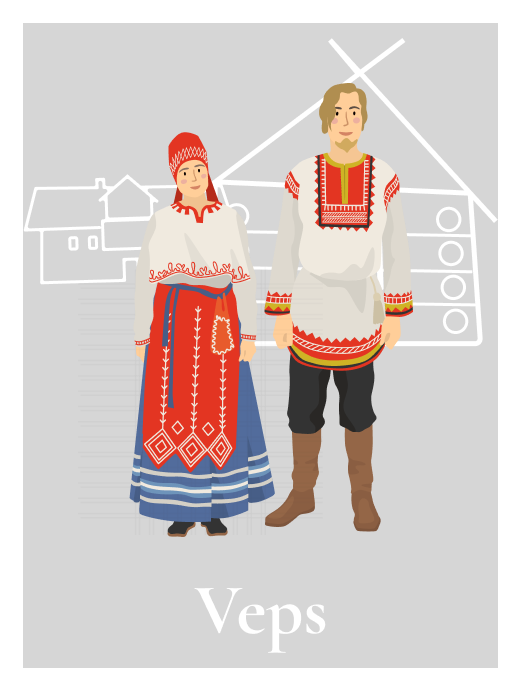
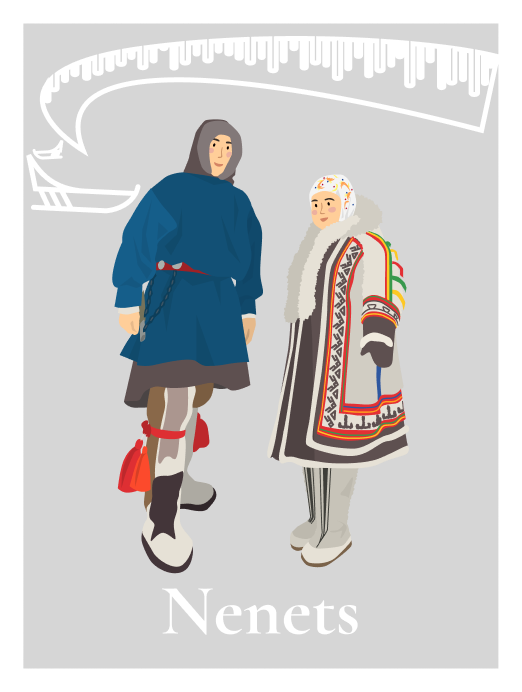
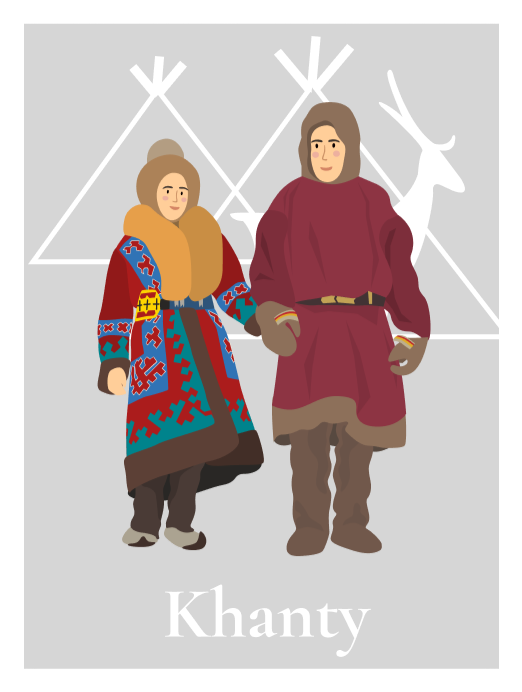
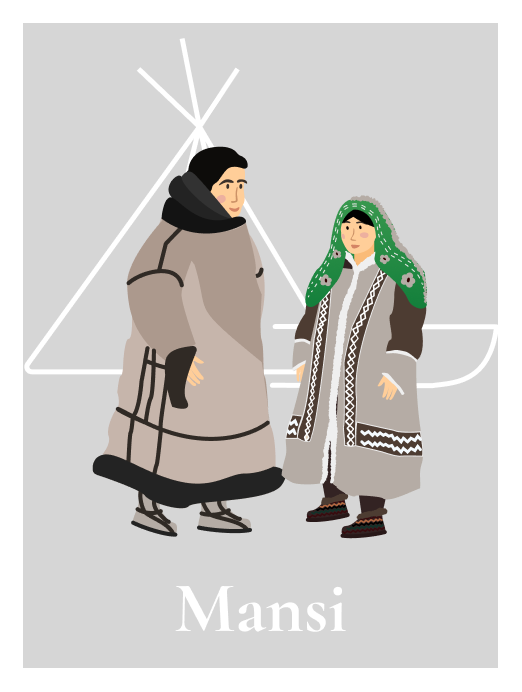
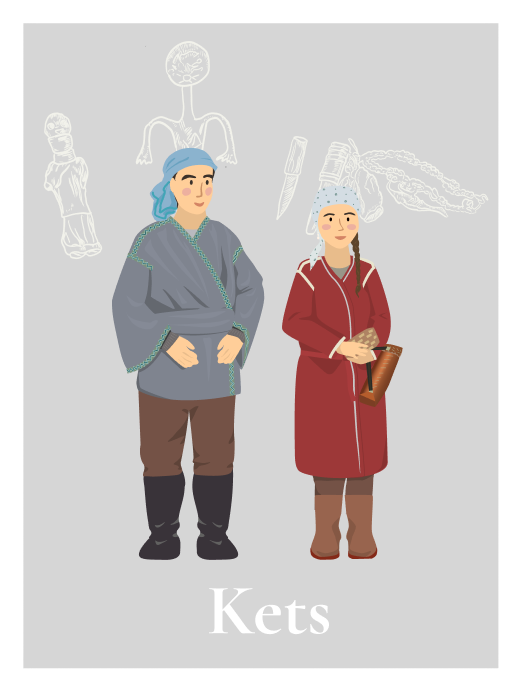
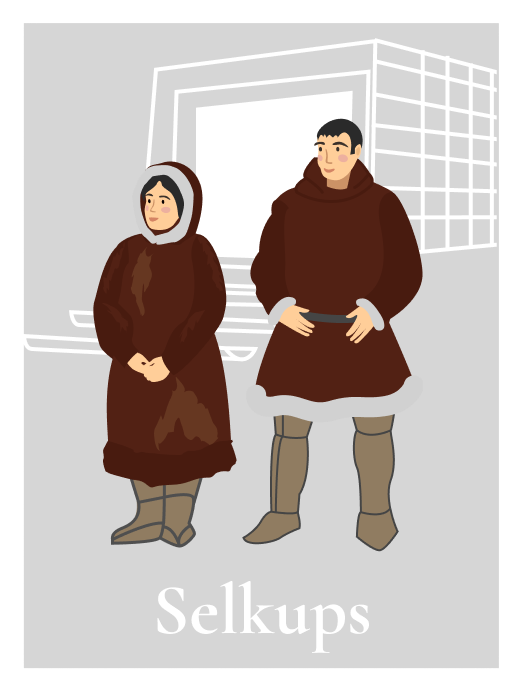
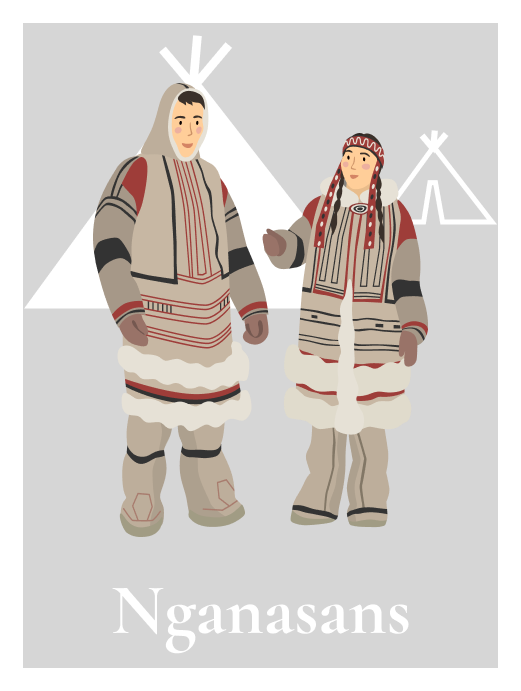
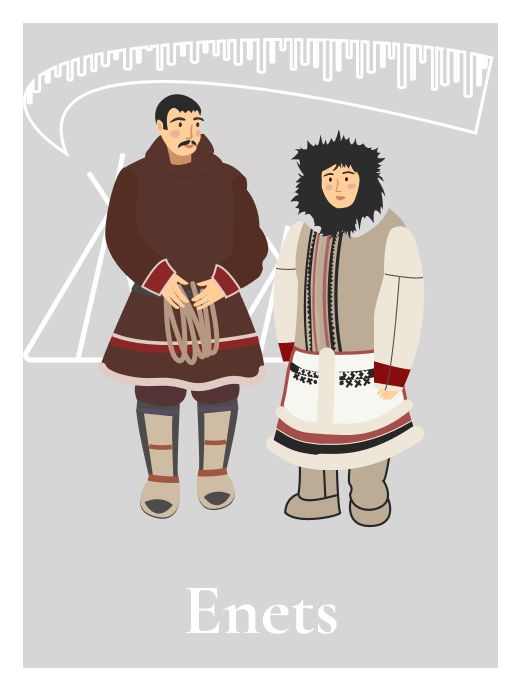
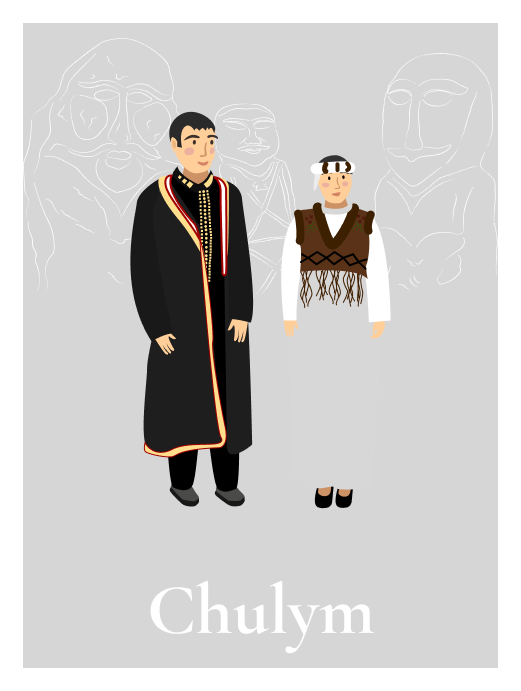
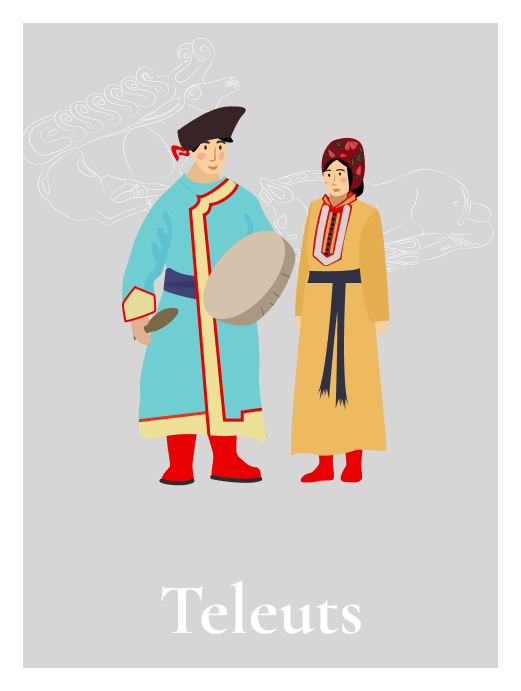
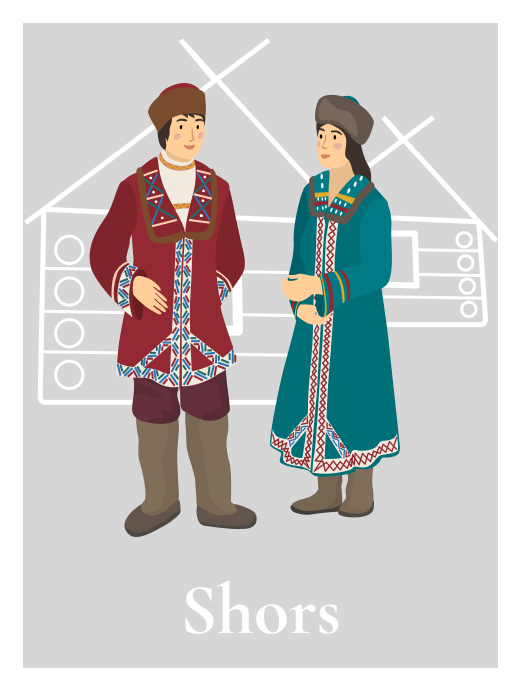
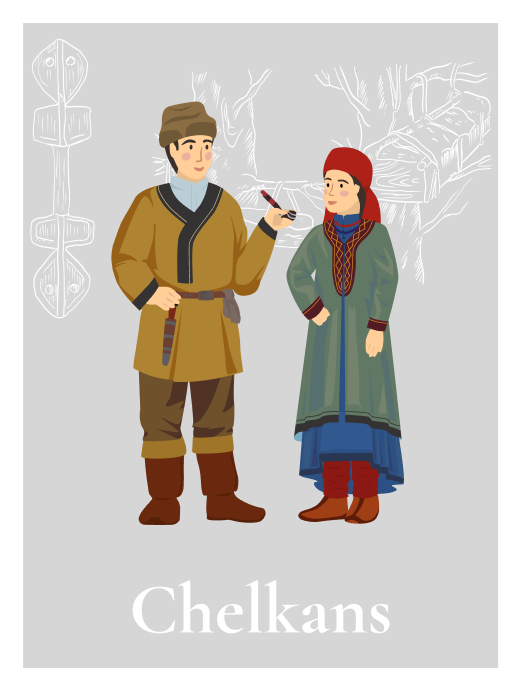
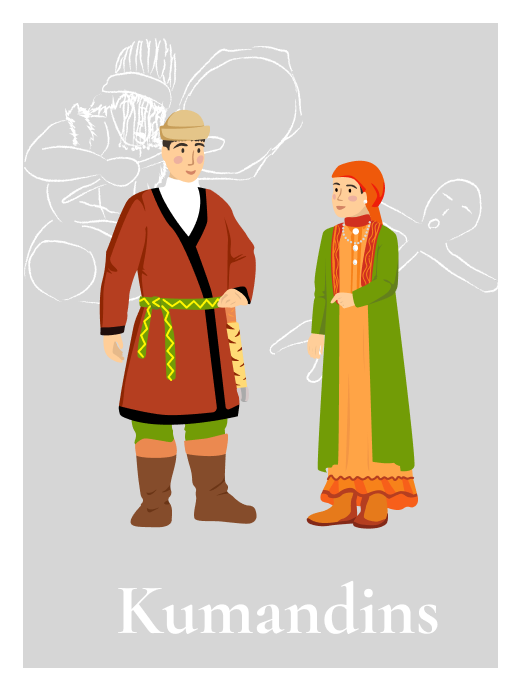

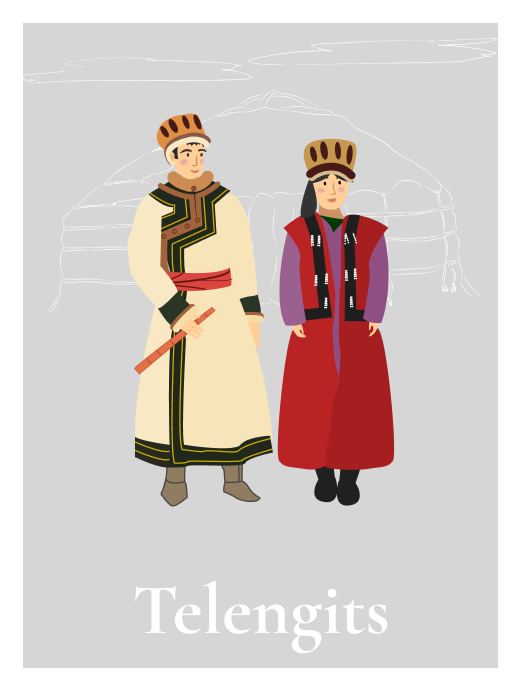
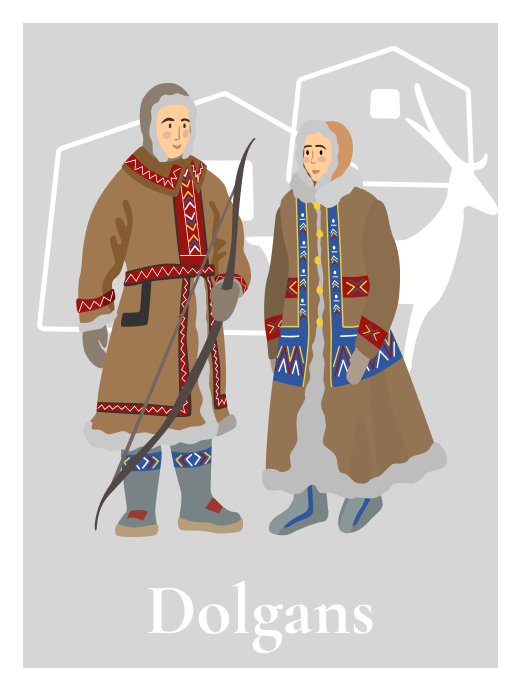

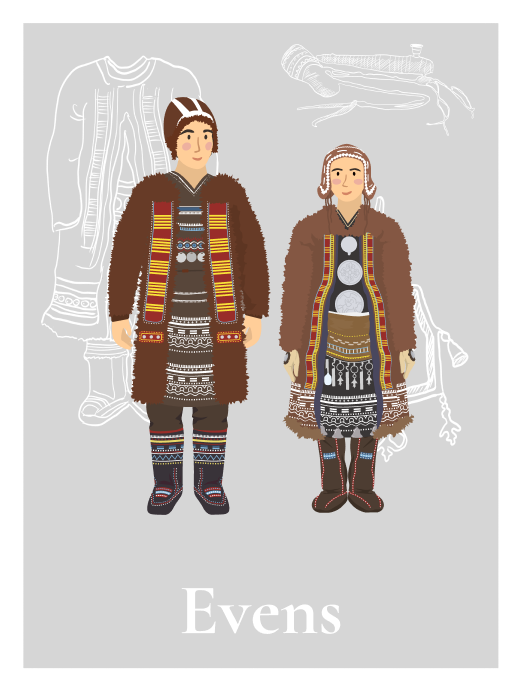
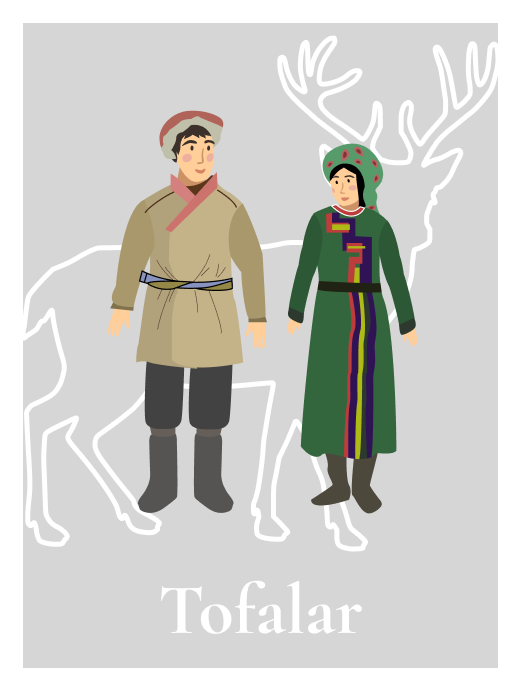
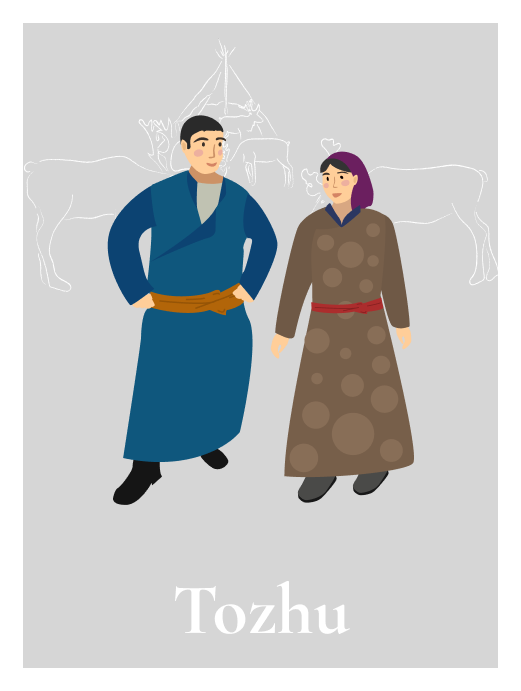

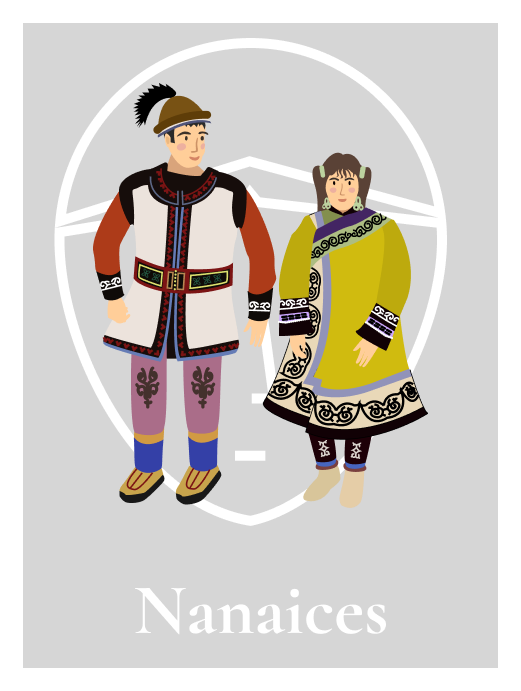
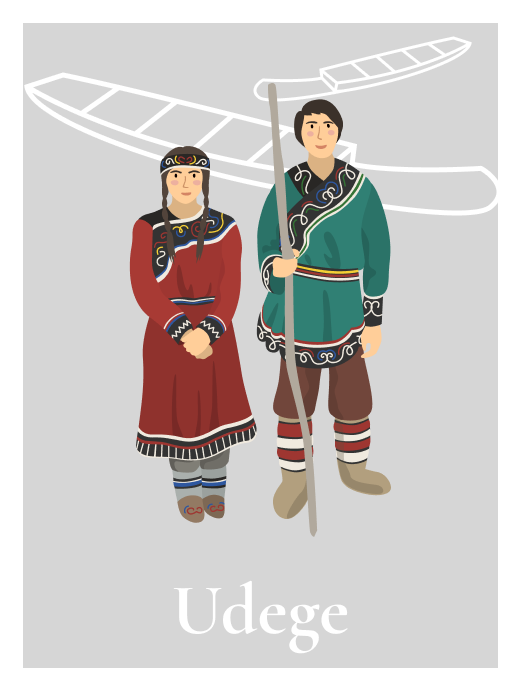
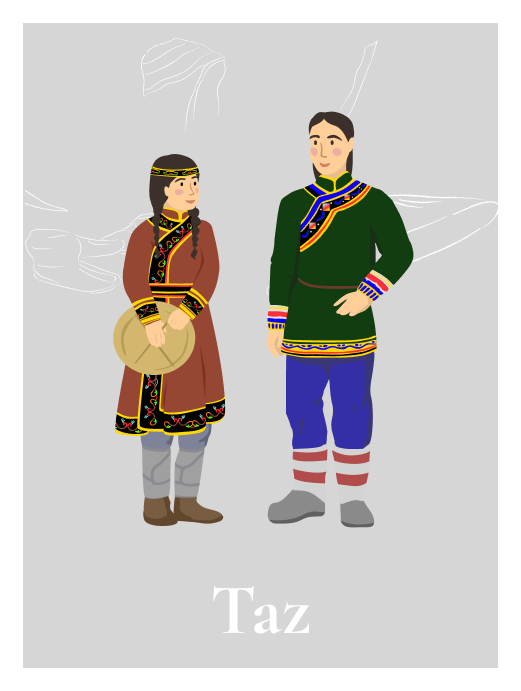


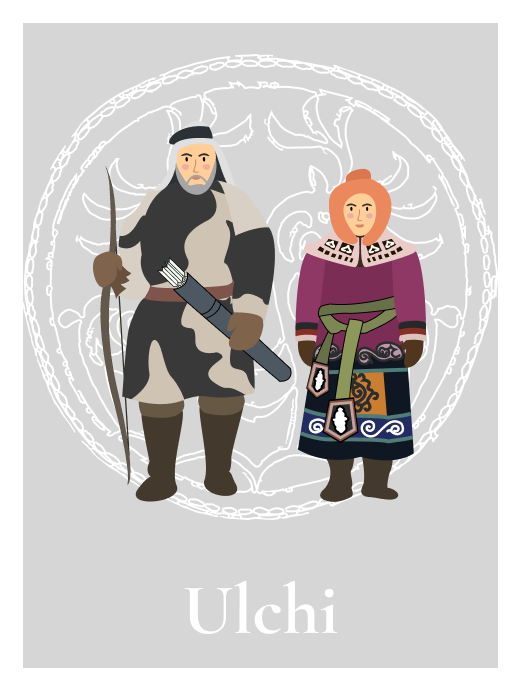

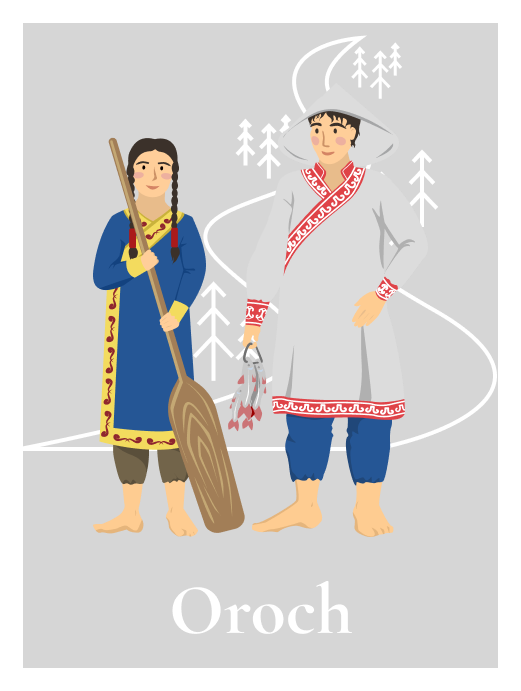
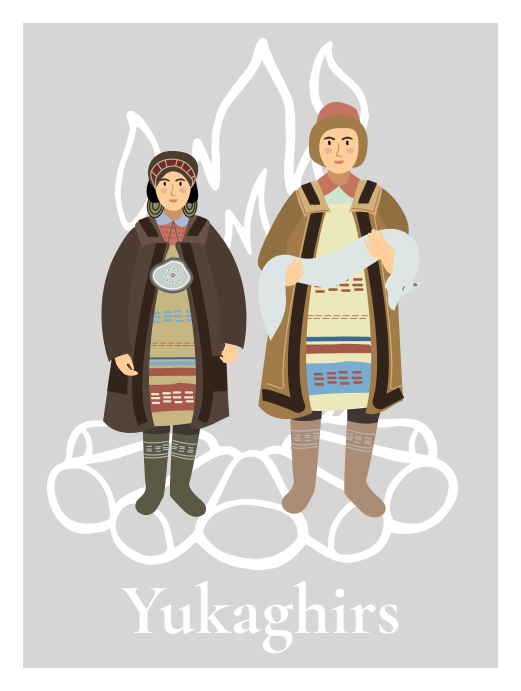
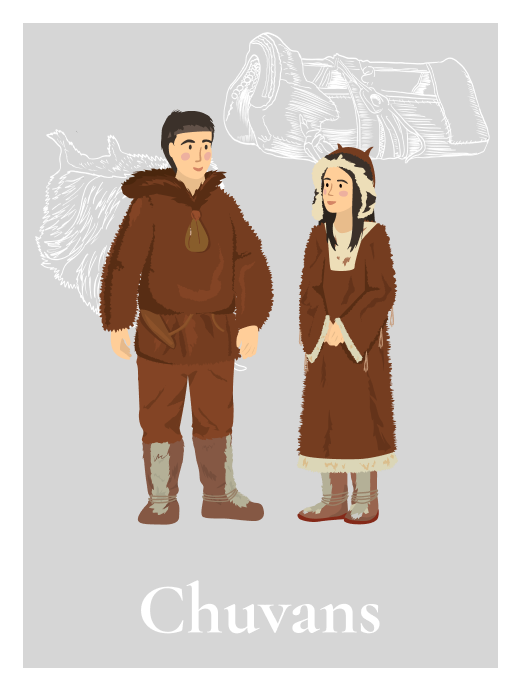

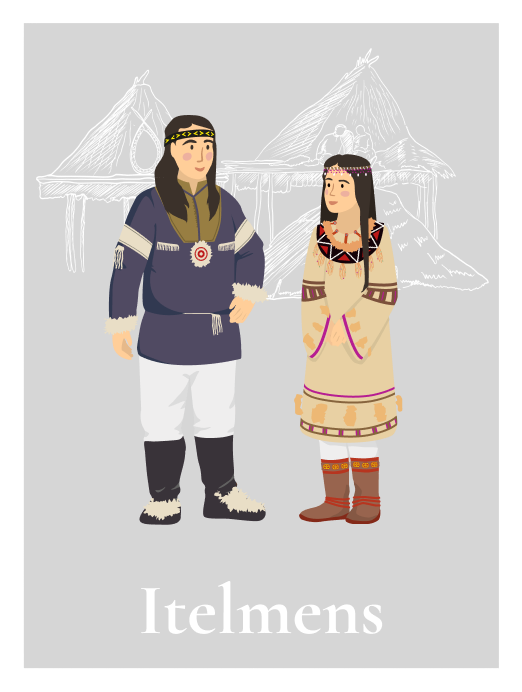
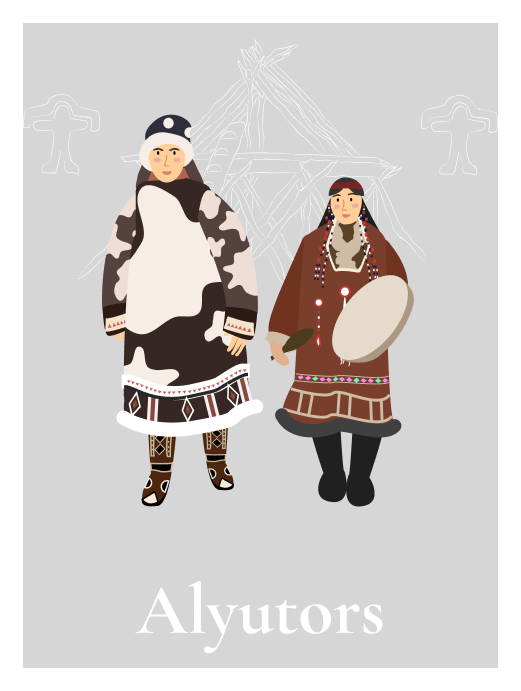
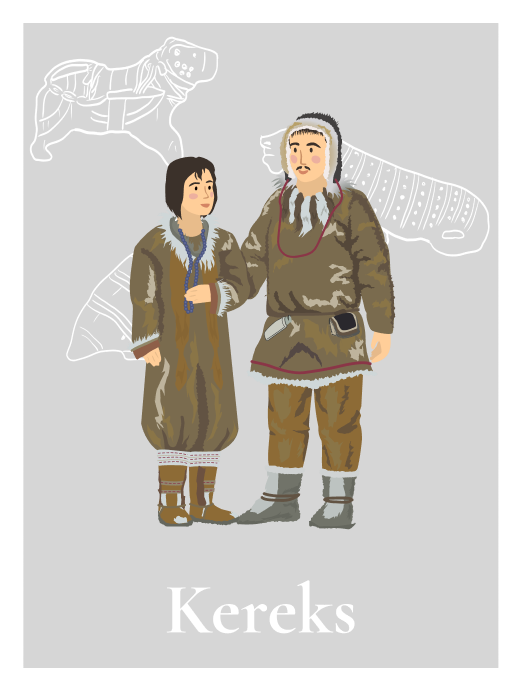


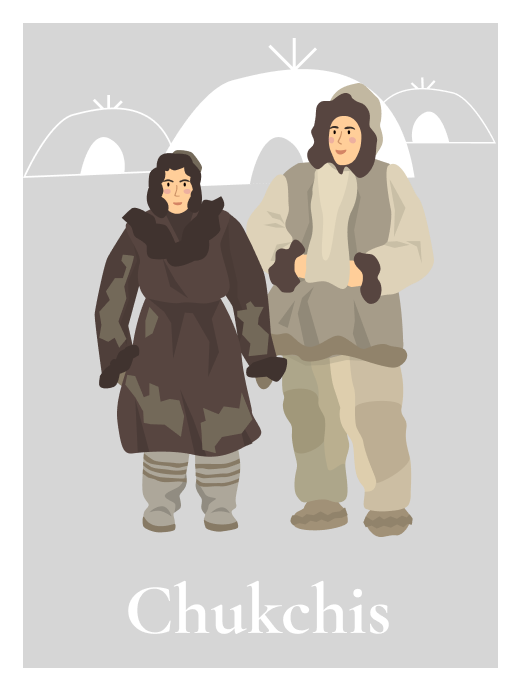
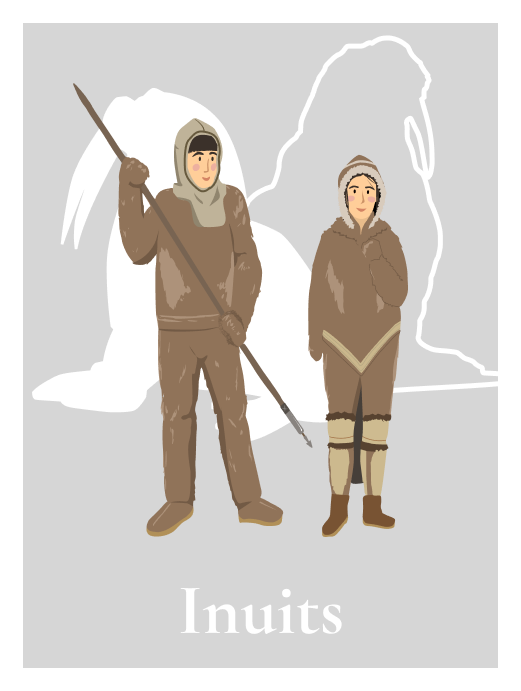
The Amur Nivkh call themselves nivkh, plural nivkhgu. the Sakhalin Nivkh use the term nikhvn, plural nihvynhun, meaning “person”. The Japanese and the Ainu called them by the same name.
In the places of their current dwelling, the Nivkh often make up but a small percentage. Both the Khabarovsk Territory and the Sakhalin region have been home to different peoples for a long time. The Khabarovsk Territory has a high level of industrial development and urbanization, while the Nivkh live mostly in rural areas.
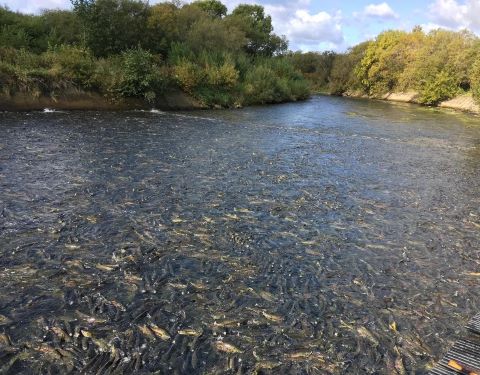
The religious beliefs of the Nivkh were associated with the surrounding natural landscape, primarily the water area and taiga. The universe was imagined to be complex (but not necessarily multi-tiered) and contained the world of humans, the heavenly realm, the underground, and the underwater worlds. They believed in the master spirits of the taiga, mountains, and sea. The sea, according to the Nivkh, was the abode of the “master of the sea” and his “sea people” (or “water people”), to whom they made offerings for providing fish and seals. They performed the rituals twice a year, before the seal hunting and after the fishing season, that is, in early spring and late autumn.